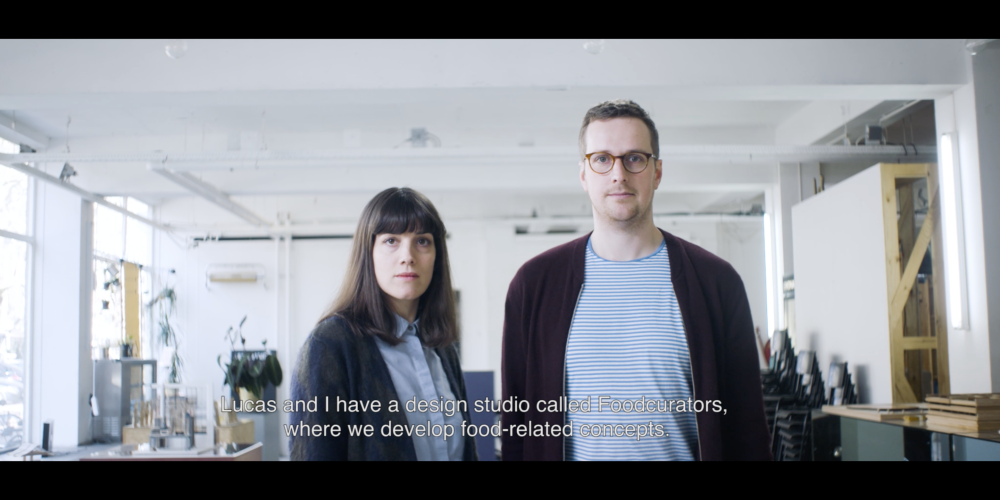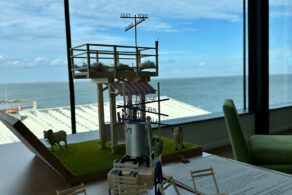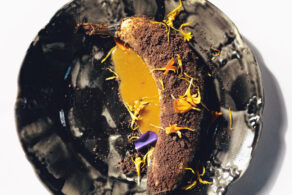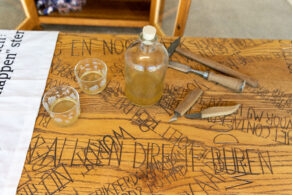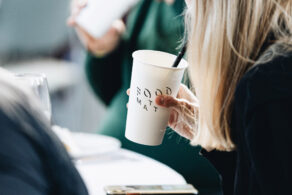Gepubliceerd op 22-12-2017
A cup of coffee, a sandwich or a serving of fries: these are a couple of things that one can order at the restaurant in the Zuiderzeemuseum, an open-air museum in Enkhuizen. The restaurant is surrounded by old and authentic small houses in which volunteers busily maintain the trades and crafts from yesteryear. Foodcurators is invited by the Zuiderzeemuseum to create a new interpretation of the restaurant and to make sure that the menu connects with the context of the museum. The restaurant is a challenging venue where the story and the crafts of the Zuiderzee area can be placed in a modern day context.
In our research we focussed on the cuisine and traditional recipes of the Zuiderzee area. In the 19th and beginning of the 20th century this meant sweet and savory porridges, cabbage and potato mash and, of course, fish. These dishes still appear on the dinner table, yet to make these more interesting, we improved them right into the 21st century. We researched the functions of food and specific recipes, and discovered that cooking was often intertwined with labour activities, such as fishing itself, or household activities like doing laundry. In our modern busy lives, functional food is completely different. In the past, slow cooking was very functional, because it did notneed constant watch, which enabled people to do other labour at the same time. Nowadays, functional food should be easy and fast to prepare. Therefore we made street food interpretations of past recipes, introducing these dishes into our current eating habits. You can see the results here.
Apart from the ZuiderzeeFood, we developed a couple of toppings based on the flavors of the past, and designed the accompanying ceramics in which they are stored. Anchovies salt, chervil-pesto, smoked kipper powder and spicy sugar syrup can be used to give contemporary dishes a typical taste of Zuiderzee. You can see what that looks like here.
A part of our research was dedicated to the potato. We discovered that the potato and the Zuiderzee are inseparable. To protect towns against flooding and to create a more stable food supply for the Netherlands, the Zuiderzee was closed in 1932 with a dam. The inclosed parts (polders) – the Noord-Oostpolder and Flevoland – are used for agriculture, predominantly the cultivation of potatoes.
The potato is one of the cornerstones of Dutch cuisine, though the last few years the potato lost its shine to the likes of pasta and quinoa.This is very unfortunate, because there are countless ways to prepare and use the potato. In the Zuiderzeemuseum we want to present the potato in a different light. Therefore we developed a very specific sweet waffle, made from the Frieslander potato. This potato exemplifies a new local food product from the current Zuiderzee area. You can see the final result here.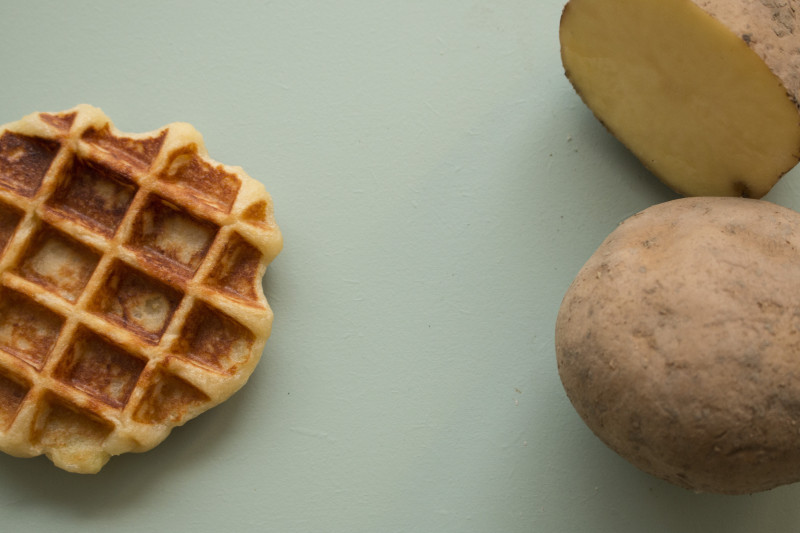
About Zuiderzeemuseum
The Zuiderzeemuseum is a culturally historic museum in Enkhuizen exhibiting culture and maritime history of the former Zuiderzee. The museum has two sections: one indoors, which is open throughout the year and hosts changing exhibitions with objects from the extended collection of the museum. The outdoor section, only open between March and October, shows authentic buildings from the Zuiderzee area, like a church, a fish smokehouse, shops and fishermen’s houses. The employees and volunteers display historical crafts, so visitors can learn about the craftmanship typical of the 19th century.
The museum collaborated with several contemporary designers to shine a different light on the museum’s collection. Previous collaborations were with Studio Makkink & Bey, Studio Maarten Kolk & Guus Kusters, Studio Job and designer Richard Hutten.
The food of the Zuiderzee has not yet been touched upon by the museum, other than the traditional fish smoking or the making of traditional recipes in one of the houses. The request from the Zuiderzeemuseum for Foodcurators is very concrete, namely to research the food culture around the former Zuiderzee and create a new concept for the restaurant of the outdoor museum, in which the restaurant connects better to the context of the museum.

